Horticulture and Amenities
Zoological and Botanical Gardens
Despite its urban environment, the Hong Kong Zoological and Botanical Gardens is a 5.6 hectare 'green lung' overlooking Central District, and provides a viable conservation centre for 17 endangered species of mammals, birds and reptiles. The bird collection is one of the most comprehensive in Asia, with about 400 birds of 140 species. More than 15 of these species have reared offspring. The mammal collection specialises in primates, with 65 exhibits representing 21 species.
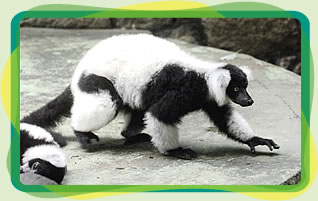 |
||
|
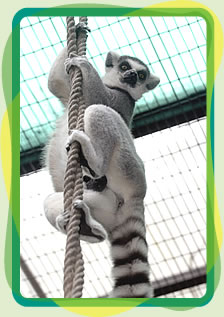 |
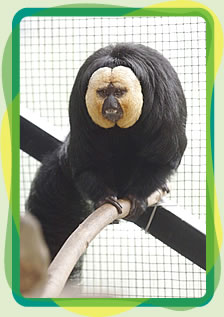 |
Trees, shrubs, creepers and foliage of more than 750 plant species thrive in the gardens, and the herb garden that was established in 1987 and a greenhouse that was built in 1993 continue to generate particular interest. These facilities contain about 500 species of herbs, orchids, ferns, bromeliads, and carnivorous and indoor plants.
There are continuing programmes to upgrade the animal enclosures and facilities.
Zoological collections are also housed in Hong Kong Park, Kowloon Park, Tuen Mun Park and Yuen Long Park.
Zoological and Horticultural Education
Zoological and horticultural education programmes were organised to arouse the interest of the public in conservation and greening. Over 21 000 people participated in 425 zoological projects and around
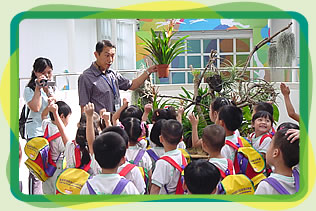 |
|
The zoological exhibition in Tuen Mun Park Reptile House attracted over
|
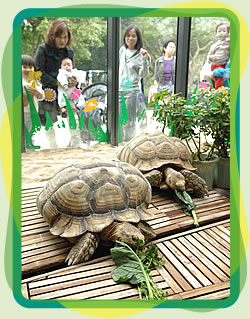 |
Under the school greening programme, the Greening School Subsidy Scheme provided over 740 schools and kindergartens with cash subsidies to add more greenery to their campuses and to organise greening educational activities for their students with technical advice given by part-time instructors. About
Tree Planting and Preservation
Implementation of the Department's ambitious tree-planting programme continued with the planting of around
Seventy-one per cent of the trees were planted in the New Territories and the balance were planted in urban areas, with
In the past, trees were planted for functional purposes to provide shade, screening, soil protection and conservation, which formed a good basis for greening the environment. Nevertheless, aesthetics has also been an emphasis of the programmes in recent years. During the year, about
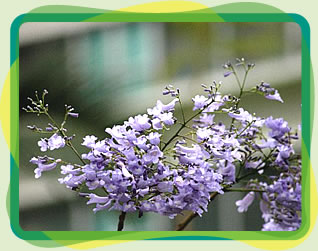 |
|
The trees are regularly watered, pruned and fertilised to ensure healthy growth, with weeds removed and pests controlled.
Horticultural and Landscape Services
As the Department is responsible for improving the urban environment and overall landscape, the latest horticultural and arboricultural information has been collated to update relevant policies and guidelines. The Department also reviews from time to time its practices to achieve high management and maintenance standards for community amenities.
As part of the greening of Hong Kong, the Department closely monitors the implementation of planting programmes in all districts. Emphasis is placed on preserving existing trees, nurturing new ones and carrying out tree planting on development sites. During the year, more than
The Department is also responsible for vetting the landscaping of all new public works projects to ensure that maximum planting and
| | Privacy policy |